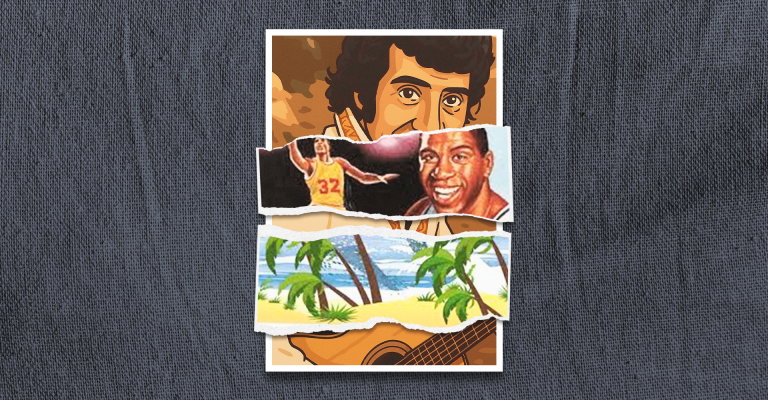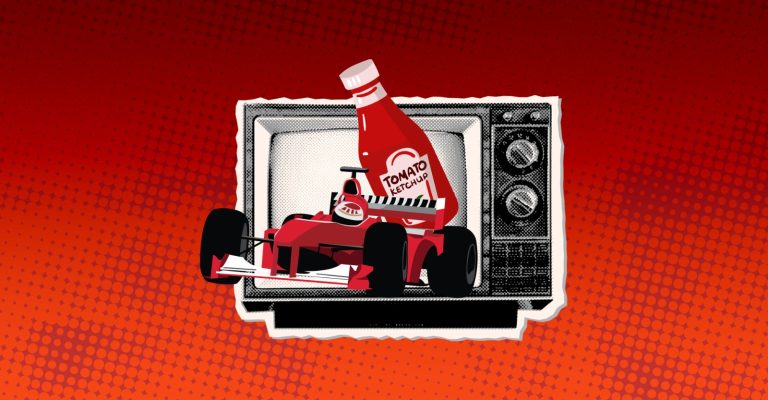Often, I feel like a large block of cheddar. The day of mixing and stirring, heating and cooling, seems to be the big day in which it is made. But the real artistry, when flavors mix and grow and ferment and magically become the delicious result, when it becomes ready to eat – that all comes in the protracted ripening, aging process. And you can rarely age a cheese too long, most only get better, as long as the conditions are good, mostly keeping it safe and at a healthy temperature, and protected from predators, like unwanted mold, or God-forbid an uninvited rodent. Sometimes homeless roqueforti, the delicious mold that gives bleu cheese its distinctive bite, which is airborne, is floating around perhaps too freely in the “cave.” And it may give a different cheese the unintended stink of Roquefort, which often only enhances or distinguishes it, although it then becomes perhaps transformed into a different genotype. You can rarely age a cheese too long. I once let a cheddar age over a year, and it was amazing. My record was a 26-month Parmesan, which was the best ever. Cheesemaking is an adventure. I miss it as I have been entirely too busy for my own good! But as I was saying, lately I feel like an old (not a “big!”) cheese.
I have been back from Boston barely over a month, and I feel myself metabolizing, integrating, and creating my own distinctive blend of so many ingredients that I heard and learned, that I add to the vat I was already stirring. Much of it was marvelously validating research that confirmed what I have anecdotally observed in the vat, in the trenches over these 30 plus years of studying neglect. Some elements I always intuitively “knew,” and also pieced over time from uncovering and slowly recalling client histories, and tracing intergenerational transmission. But getting the evidence basis, the legs to put under our work, was/is tremendously validating and also reassuring. Not only to me, but to my clients, and I hope also to you. I am infinitely grateful to the researchers! I know I will never be one, and if you are, I hope you will join in studying neglect, as we must work together and also complement and exponentially strengthen the value of our respect and integrally related and interdependent work.
And what was also so strongly validated at the conference, is a coexistence of two essential and indivisible parts, two profoundly, often warring core parts of me, the clinical and the political. I say warring, because there is never enough time, and it seems that the need is ever growing. But I met others, as passionate as me about that integration, and it was also a proclamation of the conference, especially considering the sorry state of this world, that we must find a way to address both if we are to make any headway with either, and of course not destroy ourselves trying to do it all. Or all of it alone or at once! Oy vey! It is why more than ever, we need each other, and the gathering together, especially in person, so we can rub elbows and hug and share meals and meet people we might not otherwise. So, I am slowly metabolizing and integrating it all, and with the help of conference recordings, and conversations live and on screens with others, adding this conference to my autobiographical narrative and my clinical play book.
Intuitively I have always surmised and known, that to bathe in stress hormones has an impact on a developing fetus. It seems like a no brainer. As we explore the world of nothing, and try to reconstruct how it came about, or did not, that is often a ready piece of available information. What I learned listening to attachment researcher Karlen Lyons-Ruth (yes another “Ruth” kind of, I love it!) whose work I have been following for 30 years, when the pregnant mother is in an environment of high and/or chronic stress, and pumping quantities of stress hormones, umbrella term cortisol, that of course permeates the placenta which is what nourishes the developing fetus. What I did not know, was the impact of the cortisol bath is increased amygdala volume. The amygdala, which is the brain’s threat detection system and subsequent alarm bell, is enlarged. What does this mean?
Essential Threat
The infant with an enlarged amygdala is born sensitized to danger, coming into the world vigilant and scanning for threat. In effect that infant is born scared. I was born in 1955, roughly 10 years post holocaust trauma. My mother, whose terror and trauma were never really processed as far as I know, was young, and constantly rapidly adapting to what life threw in her way. And I was her second child, the first pregnancy being in 1951, my sister was born in 1952. So, I imagine for every imaginable and unimaginable reason, she was flooded with cortisol. Of course, we are born hypersensitized to a dangerous world, with a fear detection system poised and at ready alert at all times. Starting on day one. Before anything has or has not “happened.”
The withdrawal of the primary other on whom we are dependent for all things when we are born: food, warmth, shelter, protection from predators, all our means of survival, is accurately experienced as life threatening. So, the supercharged alarm bell is then faced with true life-threatening danger, and it is a bundle of nerves, of raw terror: many of our clients, and us, from day one.
Looking around the world we live in, all the babies gestating in a war-torn womb, in environments of war, climate emergency, racist-homophobic, otherist, poverty ridden chronic trauma. I know I needn’t go on and on. And my interest is not to demoralize or overwhelm further. More than anything I am heartbroken, even more than disbelieving, and hell bent on doing all we can. That is another reason it was heartening and certainly empowering to meet and hug and be in the presence of known and new comrades, colleagues and friends. As ever we cannot do it alone! Much as our neglect default tries to pull us back into, we must struggle to resist the impulse to do it all ourselves!
Connection
I have the good fortune to have several clients who are professionals in the area of delivering babies. How essential it is to educate parents to be, not only making sure that they get good prenatal care, but that they understand the essentials of attachment. The research shows that the infants most adversely affected by neglect trauma, are those with the disorganized-disoriented, in effect dissociated primary attachment figure. So, helping those parents, both with their own trauma and also with information about what their infants need. Of course, we cannot neutralize the poverty or bombs dropping around them. That is another task. And it is why I am so infinitely grateful to my new comrade, colleague and friend Sandy Jardine, who is bringing Neglect-Informed work to Ukrainian therapists. Thank you, Sandy!
And Allan Schore reminds us, we must train the barely, if at all regulated childcare workers, (certainly in the US) in childcare facilities, where children are too often parked too young, be it out of ignorance or economic necessity, and not taken care of. Often further neglected, or even maltreated. Regulation of day care, and parental family leave enabling parents to have more time to bond and acclimate, soothe the fearful brains of their infants, might be possible. Of course, things are going the opposite direction here in the US, with a new ”pro-natal” slogan and less choice about unwanted pregnancy. Perhaps other countries are ahead of us in these ways.
The good news is we are not alone, many of us are working in our own respective pockets in our own ways, and if we have the humility and generosity, and the good fortune to find each other and collaborate, we have our best chance. Meanwhile we have the science to learn more and more of what to do, and must take care of ourselves sufficiently to operationalize it.
Today’s song (A long favorite of mine, and now more than ever. For welcoming the newborn, and also the imperiled refugee a diasporic survivor, of wherever threat, and wherever they may be. It is now an old song, but timeless and essential as ever):



